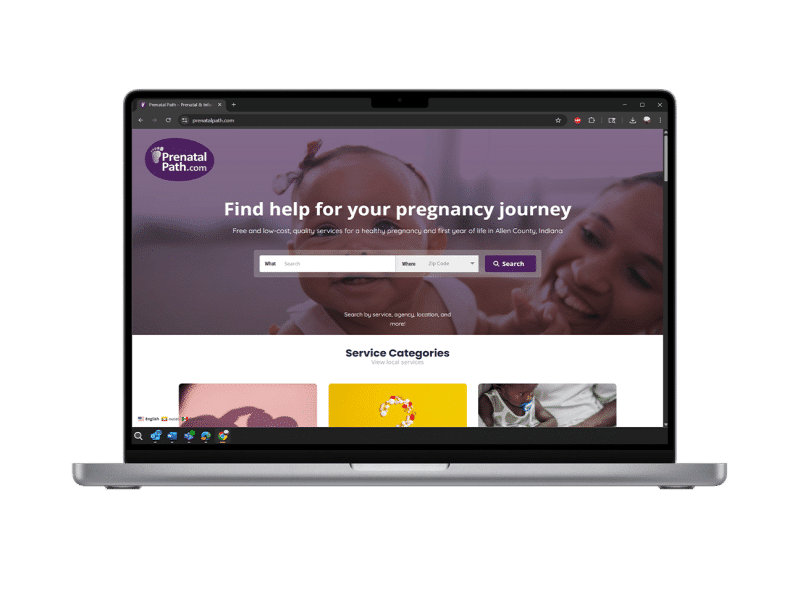How COVID-19 is changing college sports: The challenges, the opportunities, and the uncertain future
College teams, in particular, are facing unprecedented challenges and opportunities during the pandemic.

COVID-19 is disrupting sporting events around the world, affecting everyone from professional athletes to little leaguers.
As spring 2020 sports came to a screeching halt in March, college teams, in particular, are facing unprecedented challenges and opportunities.
Now, athletes and coaches alike are doing their best to navigate the changes in Northeast Indiana and beyond.
The challenges
Across the country, students have been forced to leave college campuses and funds have been reimbursed for the spring season.
At Indiana Tech in Fort Wayne, students moved out of on-campus housing in March, classes went online, and spring sports were canceled.Even fall sports are starting to be affected. But that doesn’t mean teams are slowing down, says Jim Lipocky, Head Coach of women’s soccer at Indiana Tech.

“We really are all in this together,” Lipocky says. “I am pleased with the progress we’ve made in staying connected.”
For athletes on fall teams like soccer and football, spring training is a big part of their growth. Under normal circumstances, these are the times for college athletes to up their game and battle for the best positions on the team.
Now, everyone is training on their own, trying to stay connected virtually, and hoping for the best outcomes. This scenario creates challenges for incoming freshmen and returning players alike.
As an incoming freshman soccer player at Indiana Tech, Athena Edwards lives in Ewa Beach, Hawaii, and says it has been difficult to connect with her new coaches and players in the Hoosier state. But thanks to virtual meetups, she’s gotten to know a few of the girls on the team, and she’s been included in a small group to do remote workout sessions that promote accountability and feedback.
Edwards says these opportunities have helped her feel welcome on the team and less scared to uproot her life and move to the Midwest later this year.
It also helps her feel prepared for her first season of college sports, despite the uncertainty of what the future holds.
“Staying fit is one of our main concerns now as a team since we don’t have the privilege of training with one another in close contact,” Edwards says. “That responsibility sits on the shoulders of the individual during this time, so hopefully everyone is still taking that into consideration to prepare for the fall.”
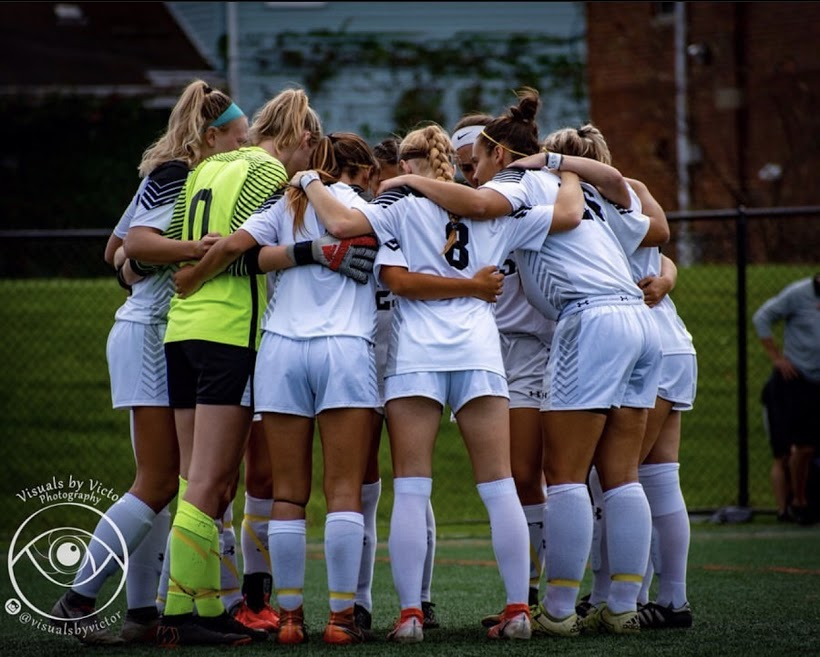
Lipocky says his team hopes to resume in-person training in time for its Residential Camp in June, and looking to national trends, it might happen. The NCAA recently announced that it’s going to allow all student-athletes to “participate in voluntary athletic activities on campus” starting June 1.
For returning players, this brings to mind the lingering question of how everyone’s skills on the team will measure up.
William Barnes is an offensive lineman at the University of North Carolina at Chapel Hill and is feeling the pressure of uncertainty about his position. With his team’s spring training canceled, he’s been denied the chance to prove himself in front of his coaching staff and teammates, and he feels that it could hurt his progress since he does not have access to the same equipment at home that he has at UNC.
To make up for lost time, Barnes is putting in extra hours working out to earn a starting spot this fall and hoping for the best.
“I do two-a-days every day,” he says.
Before leaving for quarantine, Barnes was told by his coaches: “Stay in shape, and focus on classwork. We should be back for workouts at the beginning of July.”
But with the quarantine being extended and some states reopening while cases of COVID-19 continue to rise, athletes can only wonder if fall sports will be affected, too—and to what degree.
Across the U.S., the outlook is murky, but hopeful.
Texas Gov. Greg Abbott told ESPN he believes college football will return on schedule with “some level of fans in the stands” by September.
Even so, Big 12 Commissioner Bob Bowlsby says that the league needs to be “up and running” by mid-July for that to happen, and even if it does, getting fans into stands is only half the battle. The bigger question is: How will colleges and universities find a safe way to reopen campuses period?
While Barnes is uncertain about the future, he is unwavering in his resolve.
“My dreams are to go to the NFL to play the sport I love and make sure I repay everything my parents have done for me,” he says.
At Indiana Tech, members of the women’s soccer team are keeping their chins up, too. Several players are looking to rising senior Molly Ames for positive reinforcement during the stay home order by way of virtual meetings.
Ames says she’s been busy working during the pandemic on top of training for soccer, but she’s taking precautions and trying to stay mentally and physically fit for the fall.
“I like to run to clear my head, which has also helped in keeping the focus on my team and myself,” Ames says. “As long as we all work on ourselves and take the time to reflect, I believe that we can come back a better team and be ready for the fall season. I think this starts with you as the individual and knowing what has to be done to make improvements in your weaker areas. I’m just really trying to be all about the ‘good vibes’ for both myself and my team.”
The opportunities
Along with the inevitable challenges the pandemic has caused, the cancellation of spring sports means new opportunities for some athletes and coaches, too.
For example, the NCAA and NAIA have awarded all spring sport athletes an additional year of eligibility to play in 2021. This presents an opportunity for those who wish to continue their studies, earning a master’s degree or adding a minor.
Kella Goins is a NCAA DII softball player for Lincoln Memorial University in Harrogate, Tenn. Kella’s team won a conference championship in 2019 and took a trip to super regionals, but they ended up falling short of the victory, she says. This spring, she was hoping for a chance to reclaim the title. Now that the 2020 season is canceled, she is coming back to play in the 2021 season as a redshirt senior and extending her education, as well.
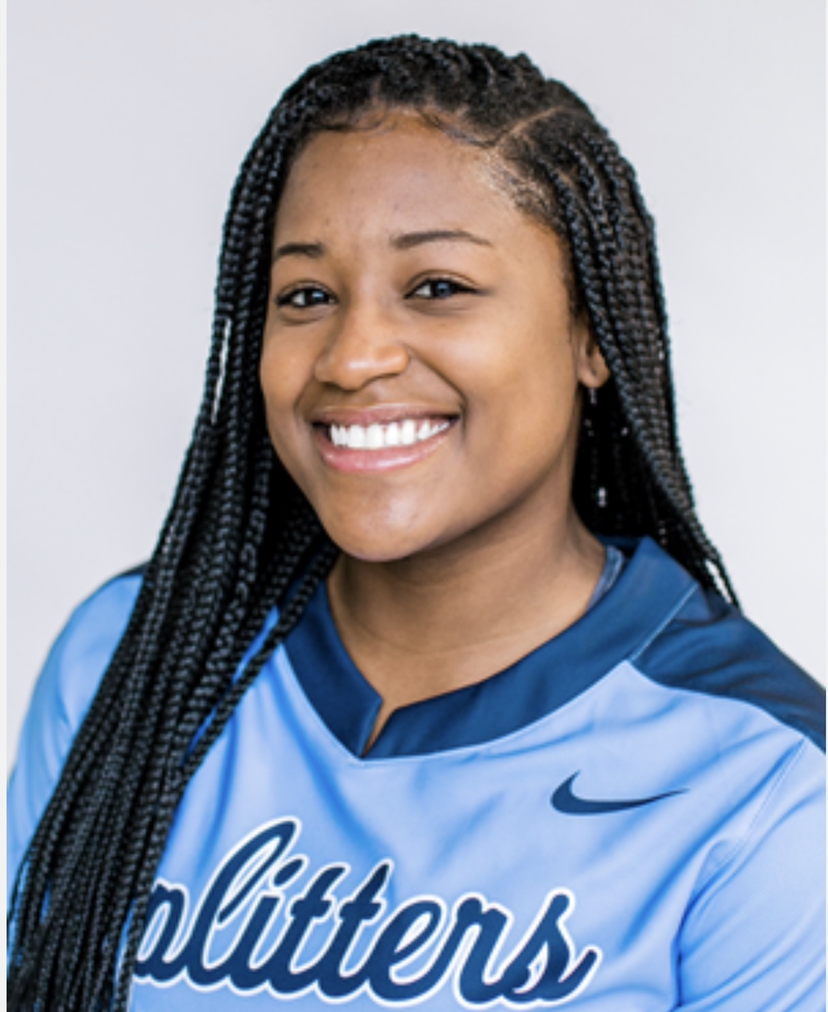
“I graduated with my bachelor’s in exercise science,” Goins says. “Now, I’m getting my master’s in business finance.”
By playing her fifth year, she’ll leave college with less debt, two degrees, and possibly a conference and division championship. In some ways, COVID-19 has been a boon to college athletes’ careers, not to mention saving them from entering the job market in the current economic instability.
Having another year to play also gives athletes who don’t get much time on the clock a chance to reconsider their opportunities and transfer to another school to increase their playing time.
“We haven’t had any potential transfers talk to us, but one of our players transferred,” Kella says.
Some coaches stand to benefit from the extra year of preparation, as well.
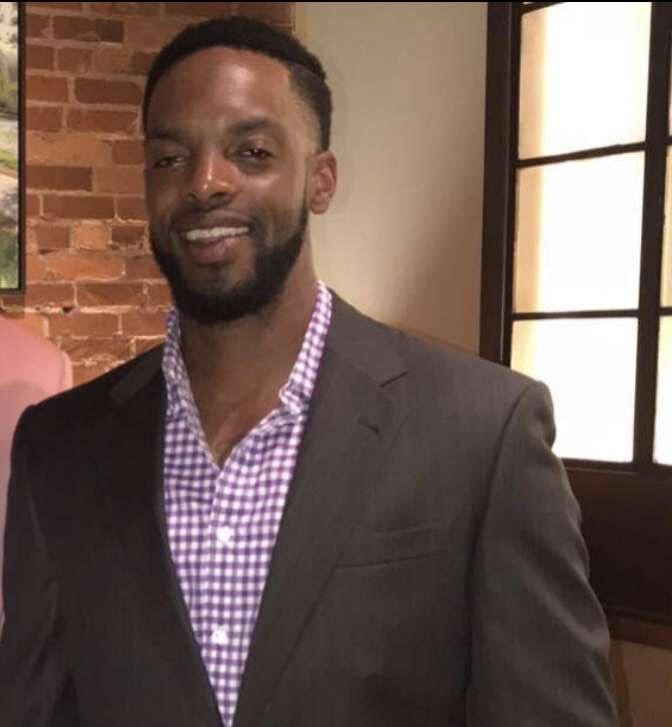
At SUNY New Platz, just 90 minutes from New York City where the COVID pandemic has hit the hardest, Coach Dwayne Stewart’s men’s lacrosse team was among the first wave to cancel the remainder of their spring season. Now that the cancellations are over, he’s busy preparing for next year, recruiting with technology rather than face-to-face interactions.
“I’ve been emailing recruits and texting high schools and club coaches more now than ever,” Stewart says.
Even so, as a coach at a school known for lacrosse, it hasn’t been hard for him to find players. If anything, it may be driving more candidates his way.
“COVID will increase the probability of athletes looking into New Platz and potentially enrolling at the university,” he says.
What’s next?
For Indiana Tech’s men’s lacrosse team, the impact of COVID-19 on recruiting efforts is not very significant yet, says Head Coach Bryan Seaman.
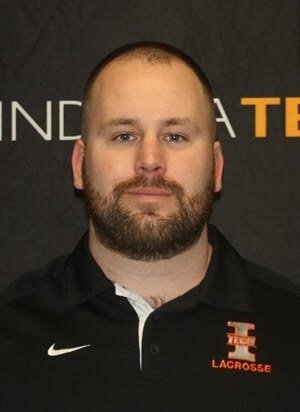
Like many teams, lacrosse finishes recruiting no later than several months prior to the student athlete’s freshman year. As a result, next year’s incoming class was already determined before COVID-19 hit.
But Seaman predicts that there will be a noticeable shift in future recruiting if restrictions on public gatherings are kept in place.
“Unfortunately, at the moment all of this is undetermined and difficult to predict, but the longer these regulations are in place that prohibit large gatherings, the greater the impact will be on athletic recruiting,” Seaman explains.
Under normal circumstances, one of the most effective ways coaches recruit new athletes is by attending showcases, which can feature hundreds or even thousands of high school students looking to continue their athletic careers.
More than anything, COVID-19 makes recruiting harder for these young athletes who will have to find alternative ways of getting noticed by their schools of choice.
“Not having your junior season adds a lot of pressure to the student-athlete to go to more in-person prospect camps across the country and adds more travel on their back to find out whether the schools are interested or not,” Seaman says. “There’s a lot more unknown today than there is known on that side.”
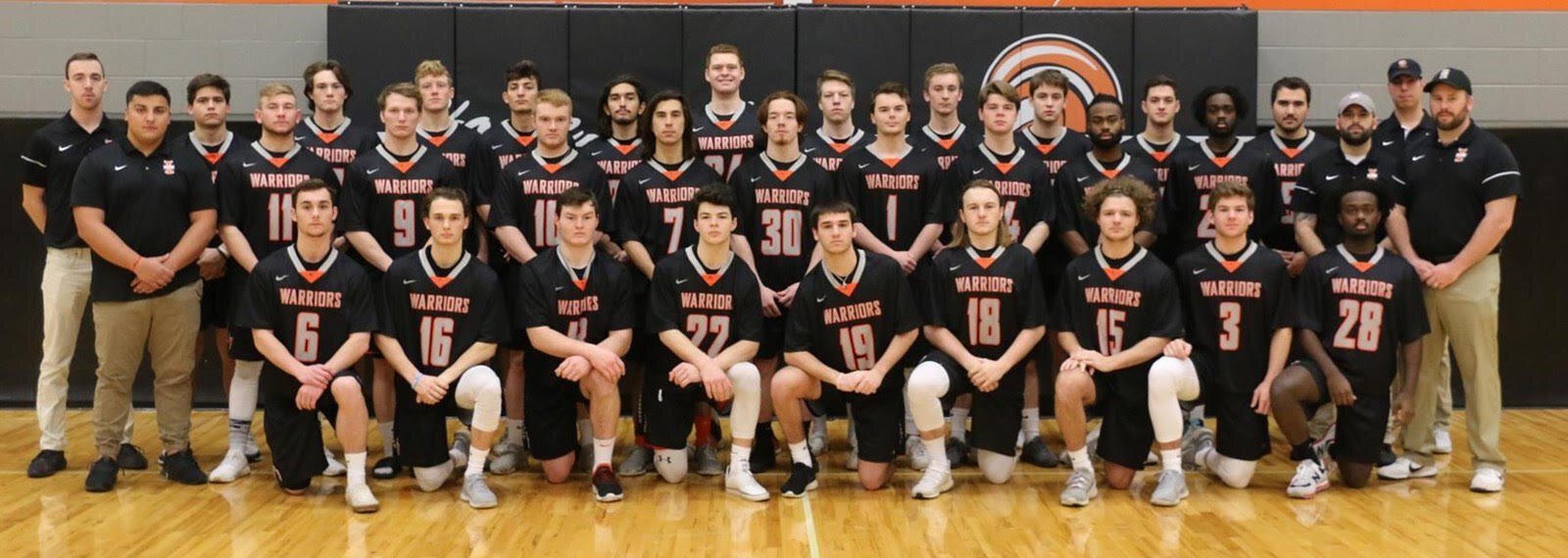
Seaman believes that if COVID-19 restrictions continue into this fall, student-athletes will start looking heavier at schools within their state and region to stay close to home in the event that something goes wrong.
That could bring a new, hyper-local pool of athletes to places like Indiana Tech, as well.
“I don’t think that everybody will do that; plenty of people will still want to go lots of different places,” he says. “But I think regional recruiting is going to see a spike.”

